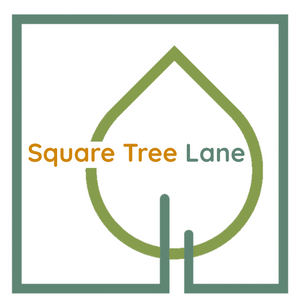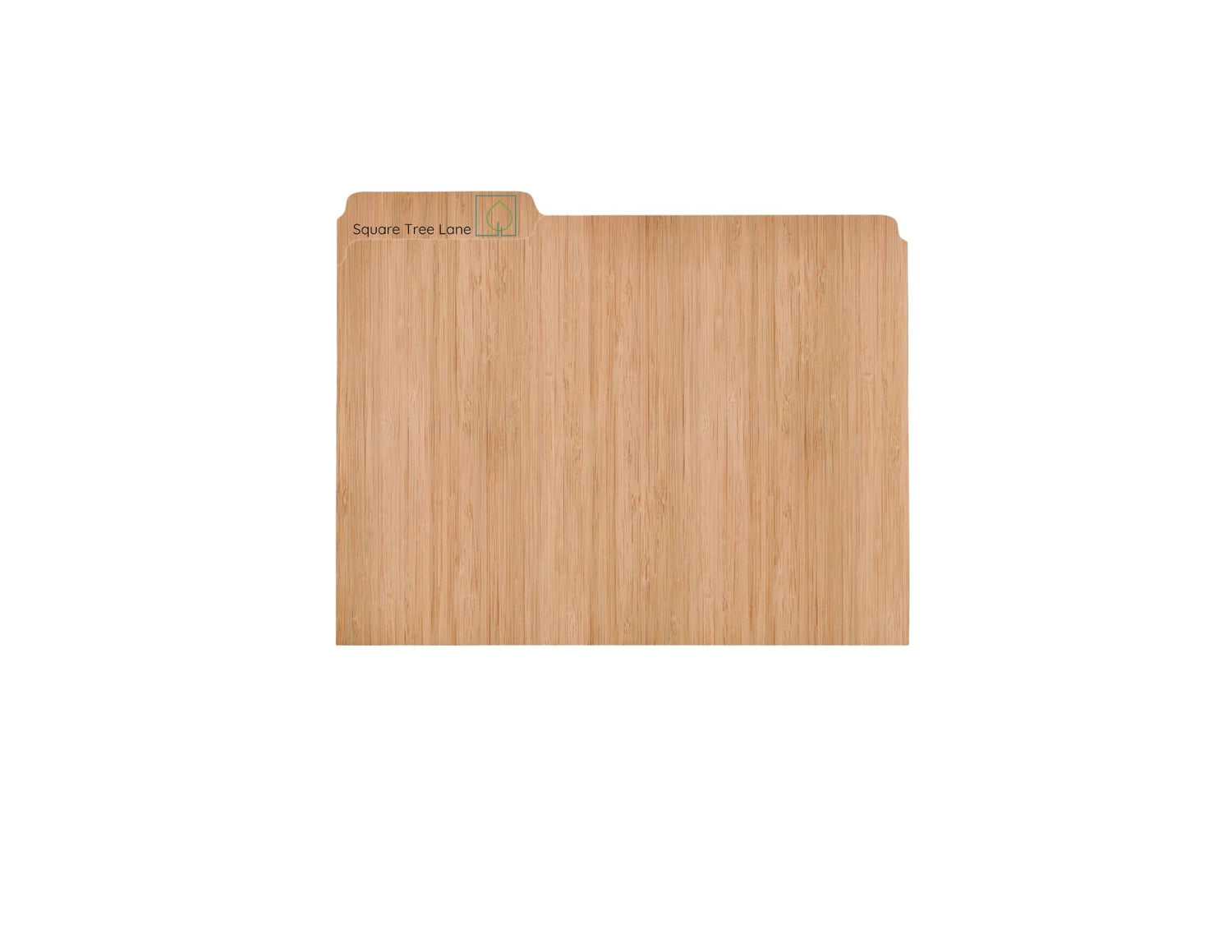
the wood files
Information for the wood curious.
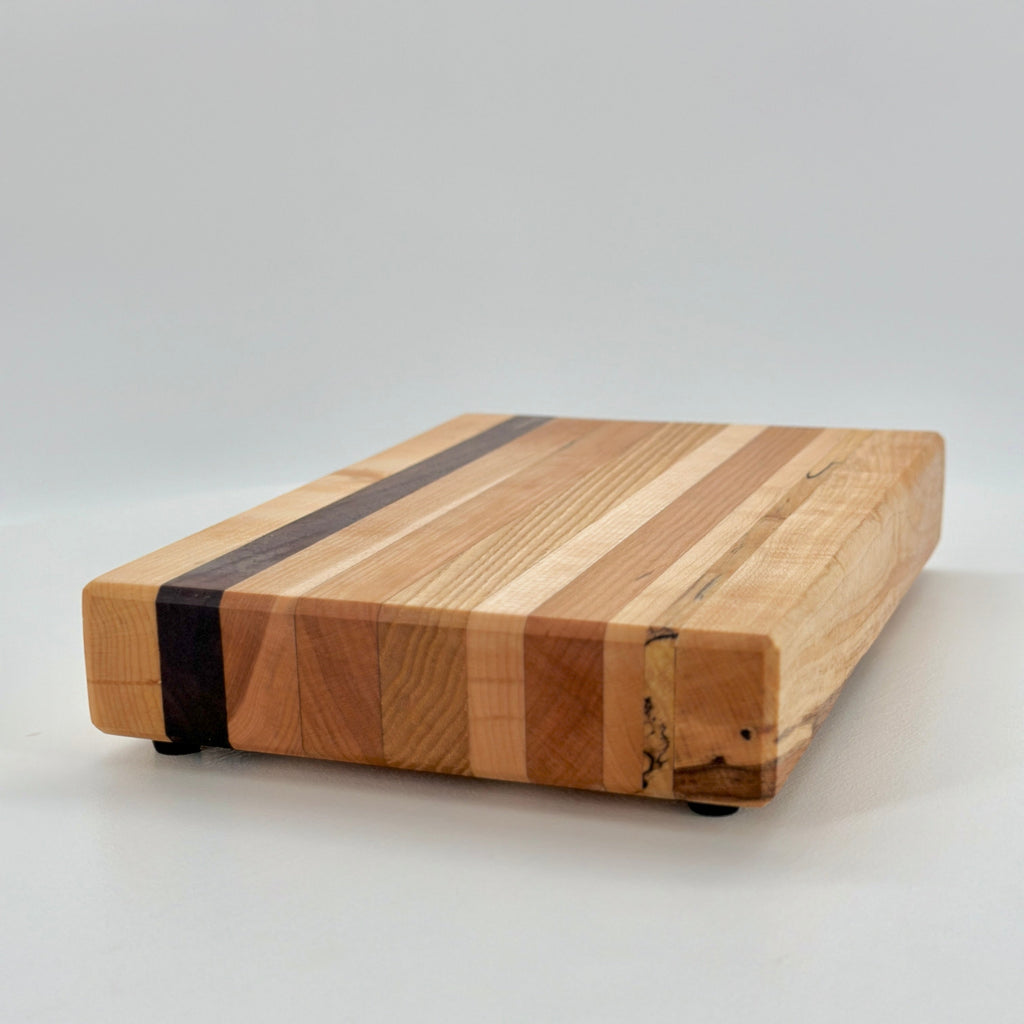
charcuterie boards
Charcuterie world
Cutting board safety
cutting boards
EDGE GRAIN
END GRAIN
FACE GRAIN
Quality First
The history of cutting boards.
EAT, SLEEP, BUILD, AND REPEAT (WHAT TO CONSIDER BEFORE BUYING A CUTTING BOARD)
By Michele Parkinson August 06, 2024
Wood species matters. Some woods are actually toxic and should never be used to cut meat or veggies.
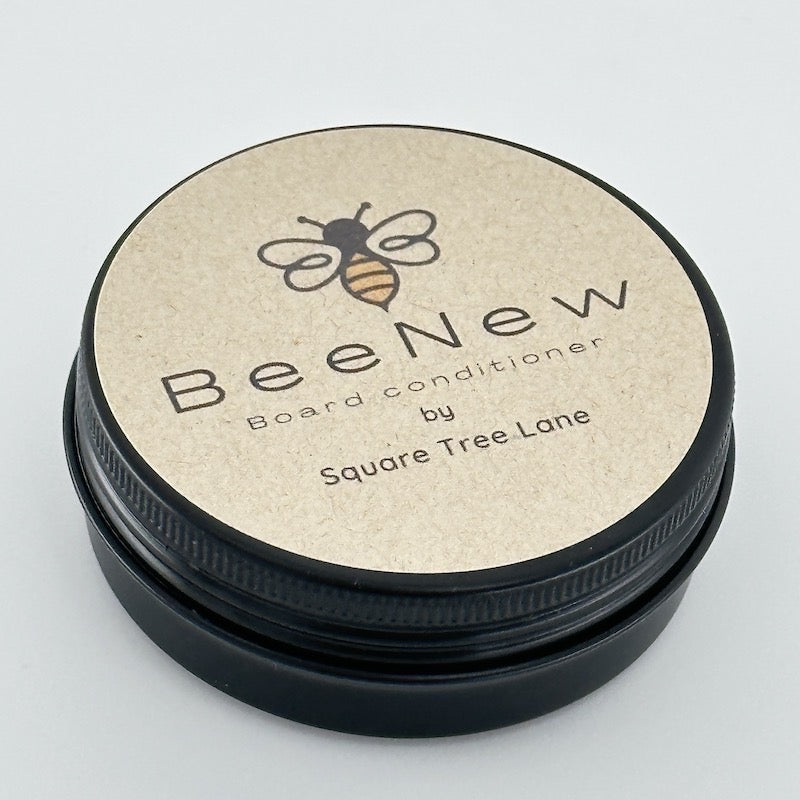
Steps for Cutting Board Care and Maintenance
By Michele Parkinson August 08, 2023
The Bottom Line
Your board is not a delicate flower. It is meant to be used! It's a work surface to use with sharp objects after all. So use it as the workhorse it is meant to be. Just remember like any good tool, it needs occasional maintenance to keep it working perfectly. Happy Chopping!
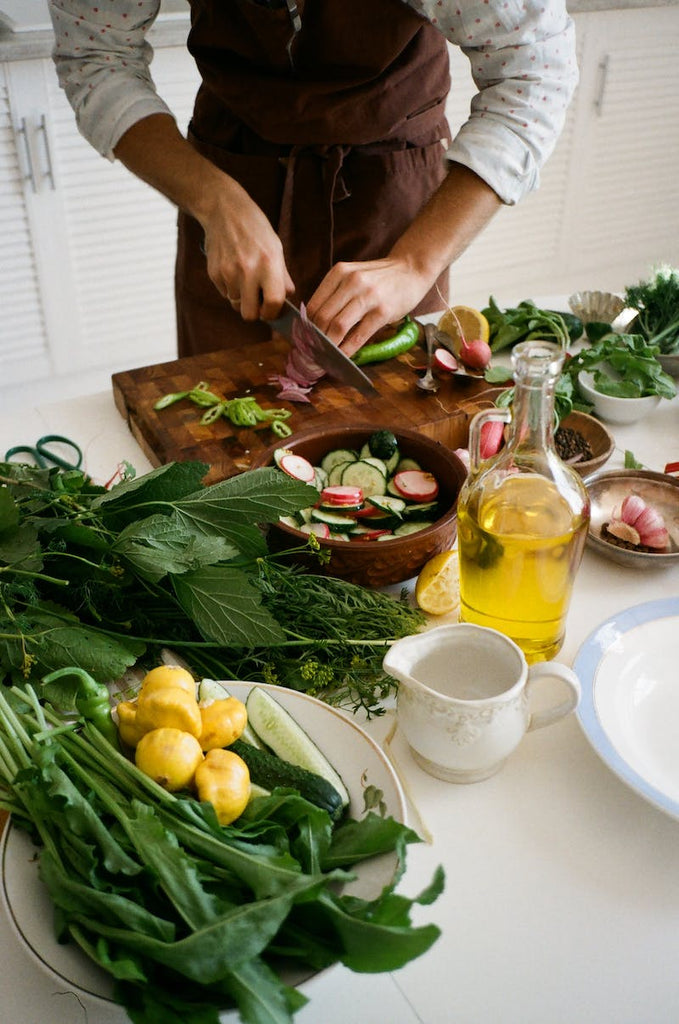
Cutting Board Safety
By Michele Parkinson August 08, 2023
5 The type of wood used for construction of a cutting board matters and closed grain wood like maple, cherry and/or walnut are much safer. Soft woods like cypress pose a greater risk for bacterial contamination. It is also a good practice to use fruit or nut bearing trees for wood because they pose no risk of toxicity.
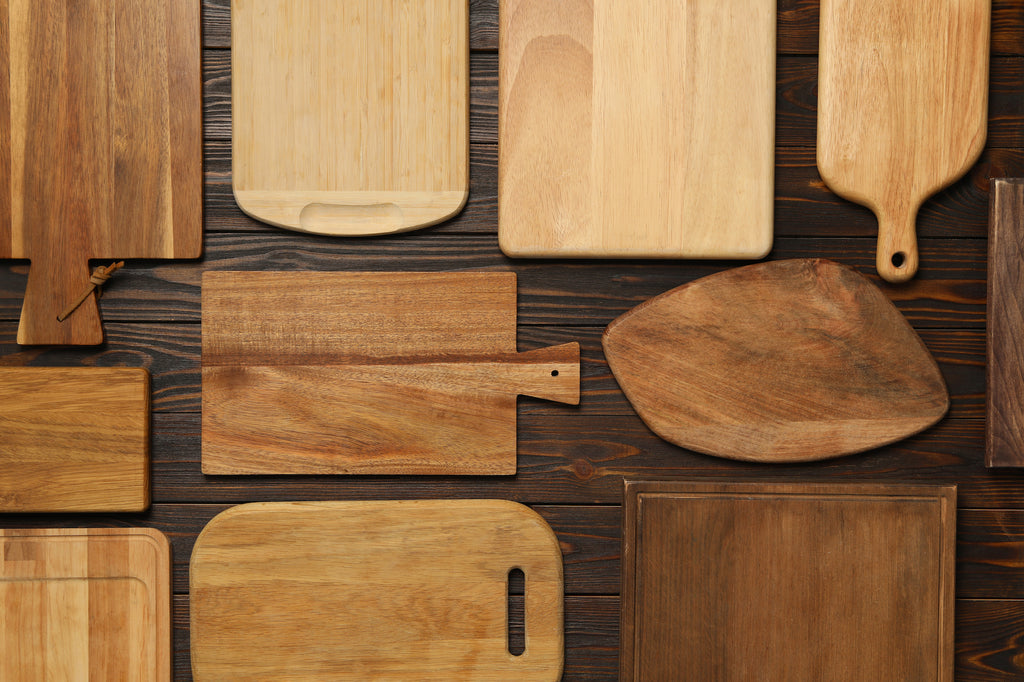
CUTTING BOARDS: THE SCIENCE AND HISTORY
By Michele Parkinson June 05, 2023
Not all woods are created equal and the type you use matters. Hardwoods like maple and walnut are better at resisting bacteria because they are very dense, fine grained and will draw in bacteria which then die as the board dries (Ben Chapman, food safety researcher NC State).
